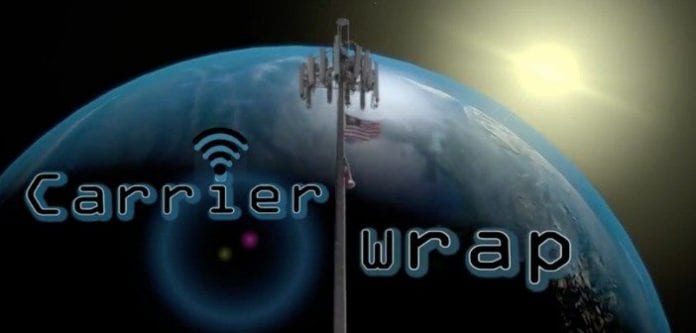With 5G technology continuing to evolve at a rapid pace, the industry is still trying to nail down specific use cases to take advantage of the advancement
Perhaps the most challenging issue surrounding “5G” technology today is in terms of use cases.
The International Telecommunications Union has outlined three use cases for what is expected to be the 5G standard, as well as applications and industries that could benefit from the new network. Those included, enhanced mobile broadband; ultra-reliable and low-latency communications; and massive machine-type communications.
A recent report from IHS found three-fourths of operators questioned cited the “internet of things” as the top use case for 5G. One of the more significant performance requirements for IoT is expected to be latency, which is the time it takes for an action to be initiated and the time it’s completed. Latency has been one of the more challenging issues for mobile broadband networks compared with wired connections as the inherent limitations of transmitting data over-the-air falls short of what can be accomplished over a fiber optic cable.
The move to LTE technology allowed mobile carriers to slash latency from hundreds of milliseconds to tens of milliseconds. A significant improvement, but still not quite fast enough for some of the more demanding IoT use cases being bandied about. Those are likely to require latency of less than 10 milliseconds, with an ideal push towards 1 millisecond if possible.
On this week’s Carrier Wrap we speak with Derek Kerton, chairman of the Telecom Council of Silicon Valley and principal analyst of The Kerton Group, to discuss current and potential use cases; driving forces behind the rush to 5G; possible deployment barriers, including policy, technical, social and environmental issues; and when we can expect 5G to be a reality.
Kerton noted that the idea that we can move beyond mobile video and offer a more immersive experience is one of the main driving factors of 5G. Content service providers are excited about the capabilities of 5G and its potential use for high-speed networking. However, use cases for 5G are currently minimal, and one has to wonder if the industry is looking too far ahead with the technology. Kerton adds current LTE deployments are more than capable of withstanding a variety of IoT and mobile uses, but the push for 5G continues.
Thanks for watching this week’s show and make sure to check us out again next week when we take a look back at some of the highlights from the recent CCA Annual Convention.
Bored? Why not follow me on Twitter

